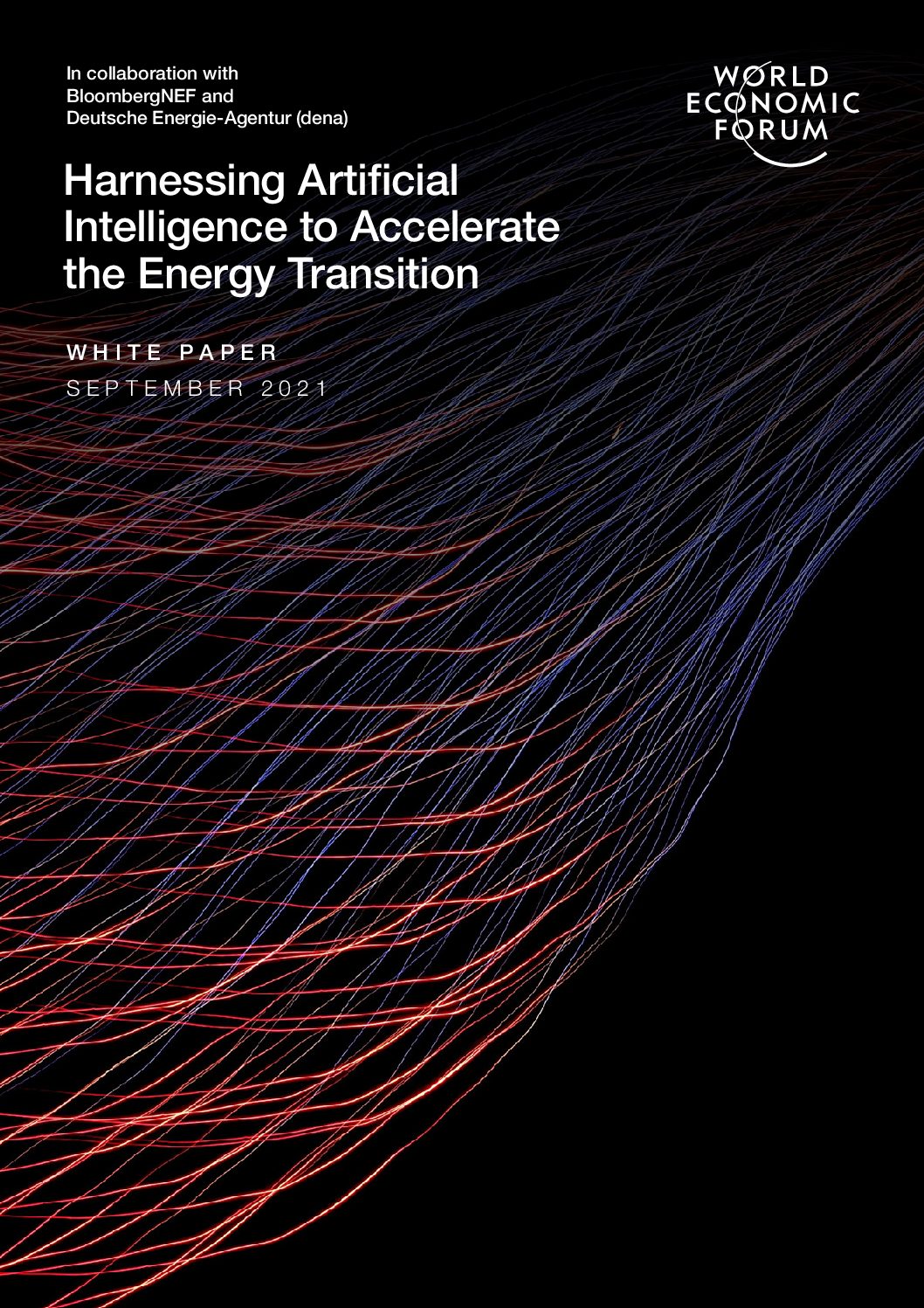
Cities around the world are introducing electric buses, driven by growing concerns over urban air quality, carbon emissions and potential operational cost savings. The timing is now right for cities to start shifting to electrified transport but there are still several barriers to widespread adoption. This report, authored by Bloomberg New Energy Finance on behalf of the C40 Cities Climate Leadership Group, provides an overview of the e-bus sector, including a description of business models, an overview of existing e-bus manufacturers and a detailed analysis of the costs associated with running e-buses. The report also discusses how different types of cities can best deploy electric buses.

The efforts to decarbonize the global energy system are leading to an increasingly integrated and electrified energy system, with much more interaction between the power, transport, industry and building sectors. The move to decarbonize the energy supply is also leading to high levels of decentralization in the power sector. This will require much higher levels of coordination and flexibility from all sector players – including consumers – in order to manage this increasingly complex system and optimize it for minimal greenhouse gas emissions.
AI has tremendous potential to support and accelerate a reliable and lowest-cost energy transition, with potential applications ranging from optimizing and efficiently integrating variable renewable energy resources into the power grid, to supporting a proactive and autonomous electricity distribution system, to opening up new revenue streams for demand-side flexibility. AI could also be a crucial accelerator in the search for performance materials that support the next generation of clean energy and storage technologies. However, despite its promise, AI’s use in the energy sector is limited, with it primarily deployed in pilot projects for predictive asset maintenance. While it is useful there, a much greater opportunity exists for AI to help accelerate the global energy transition than is currently realized.
The nine “AI for the energy transition” principles (see below) aim at creating a common understanding of what is needed to unlock the potential of AI across the energy sector and how to safely and responsibly adopt AI to accelerate the energy transition. The principles are split into three areas: those that govern AI use, those that will help design AI to be fit for purpose, and those that enable AI’s deployment and are aimed at helping to create collaborative industry and policy practices.